If you’re considering getting a small tattoo, you may be wondering how long it will take before the process is complete. Understandably, this is an important factor to consider when making any big decision—particularly one involving body art! Tattoos are something that should be done carefully and with careful planning, so you want to make sure you can commit the necessary time before going ahead with your idea. In this blog post, we’ll answer all your questions about how long it takes for a small tattoo to be completed properly and safely. We’ll cover everything from initial appointment times through to aftercare advice for healing your new artwork. Read on to find out more!
How Long Does a Tattoo Take Depending on the Size?
The duration of a tattoo session can largely depend on the size of the design. Miniature designs, typically less than 2 inches in diameter, can be completed within an hour. [1] Small tattoos, which are about the size of a large coin, typically take one to two hours. Medium-sized tattoos, like a piece that covers your forearm, may take three to four hours. Large tattoos, such as full sleeve or back pieces, require multiple sessions, each lasting several hours. These can take a cumulative time of 10-20 hours or even more, spread across weeks or months. It’s crucial to remember that these are just estimates – the actual time can vary based on the artist’s speed, design complexity, and the client’s pain tolerance.
How Long Does It Take To Get A Tattoo Sleeve?
A full tattoo sleeve is a serious commitment, both in terms of time and personal expression. Generally, a sleeve tattoo can take anywhere from 10 to 15 sessions, with each session lasting about four to five hours. Given that your body needs time to heal between each session, a full sleeve tattoo can take several months to complete, sometimes extending over a year.
Remember, it’s important not to rush the process. The complexity of the design, your artist’s schedule, your own pain tolerance, and your body’s healing capacity all play significant roles in determining the duration. Patience is essential because a well-done tattoo sleeve is worth the wait. Always prioritize quality over speed when it comes to tattoos.
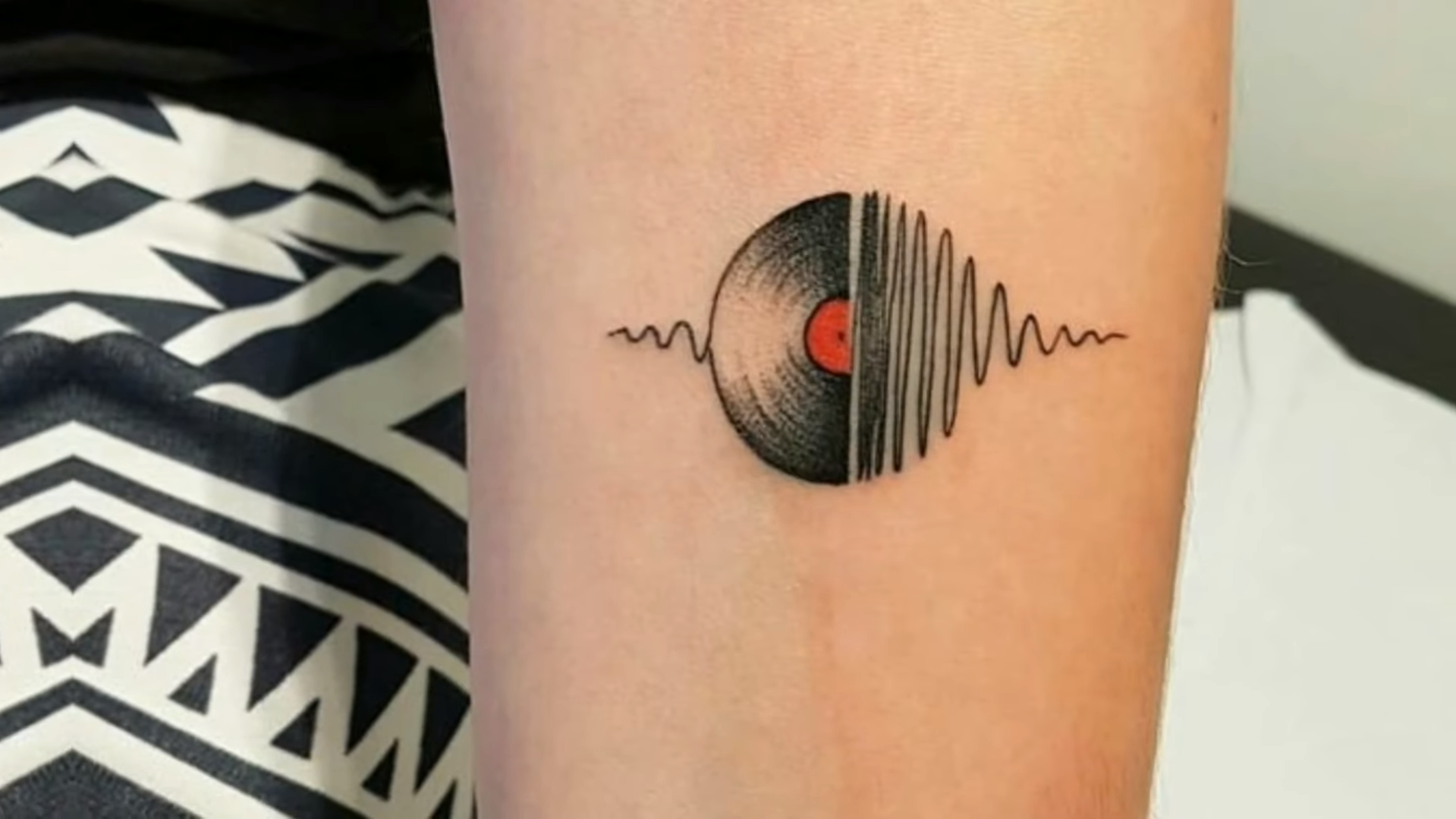
Factors That Affect How Long A Tattoo Takes
Several factors can influence the duration of a tattoo session, beyond just the size of the tattoo. These include the complexity of the design, the artist’s skill and experience, the client’s pain tolerance, and the location of the tattoo on the body. Let’s delve deeper into each of these elements to provide you with a comprehensive understanding of what might affect the length of your tattoo session.
The Artist and Studio
The tattoo artist and the studio where the tattoo is being done significantly influence the duration of the tattoo process. Let’s explore both of these factors in more detail.
The artist’s skill and experience play a critical role in how long a tattoo takes. A well-experienced tattoo artist, familiar with various styles and techniques, may be able to work more efficiently, potentially shortening the session duration. However, they might also take more time than less experienced artists to ensure they deliver high-quality work. The artist’s working style, pace, and even meticulousness in adhering to safety protocols can all impact the time it takes to complete a tattoo. It’s important to choose an artist whose style you admire and trust, and with whom you feel comfortable, as this will make the tattooing process more enjoyable, regardless of its duration.
Getting a tattoo is a unique journey for each individual. The time invested in it is a testament to your commitment to self-expression. Remember, whether it’s a small symbol or a full sleeve, your tattoo is a personal piece of art that will be a part of you for the rest of your life, so it’s worth taking the time to get it right.
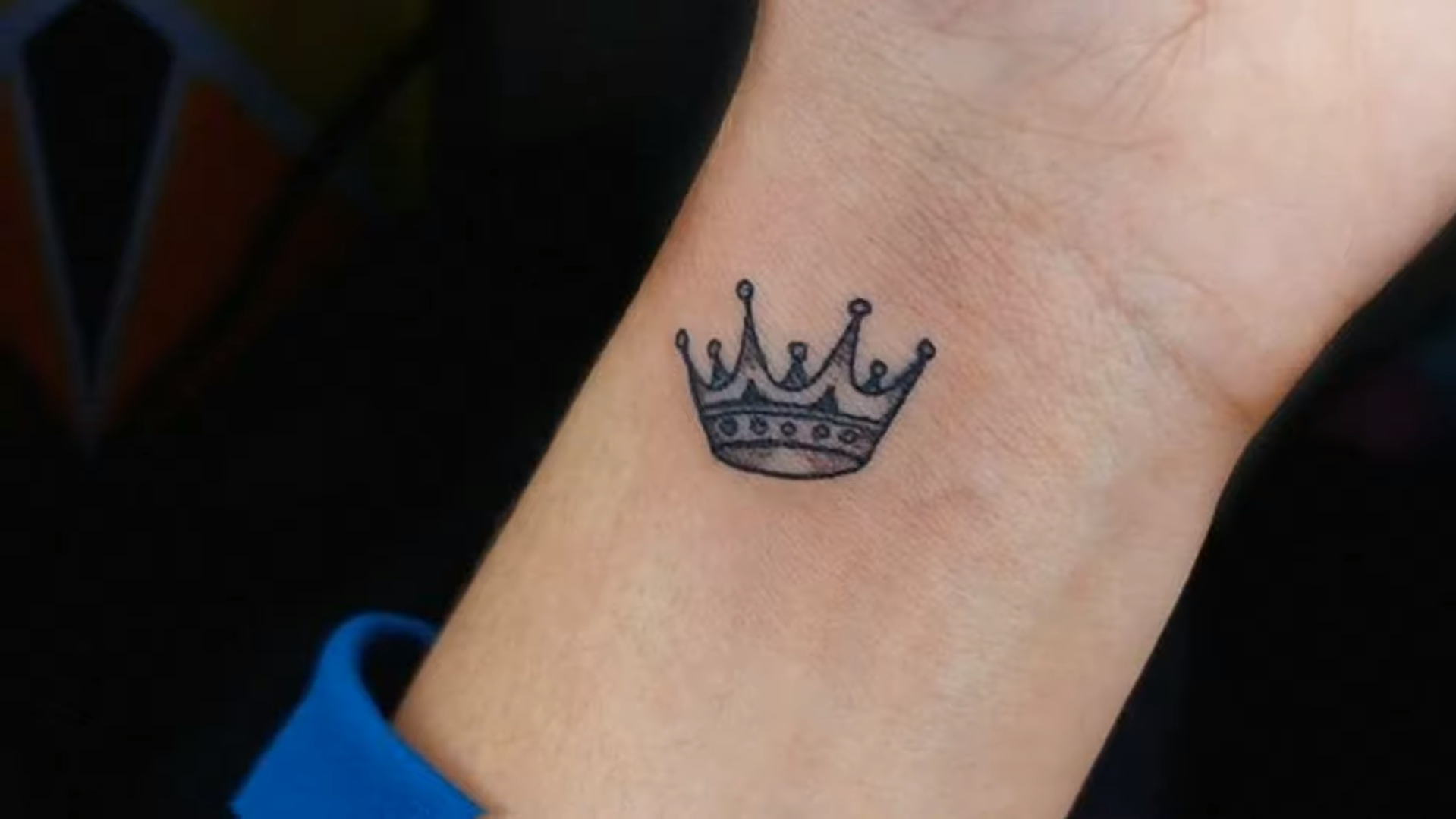
Style
The style of the tattoo is another considerable factor that affects the duration of the tattoo session. Different styles of tattoos may require different techniques, some of which take more time than others.
The traditional style, also known as Old School, involves bold lines and bright colors. These tattoos are typically faster to complete because of their simplicity. [2] The process involves less shading or color blending, so the artist can work more quickly.
Realism or photorealism is a style that requires significant attention to detail to create a tattoo that looks like a photograph or a real object. These tattoos often take the longest because of the complexity and precision involved in the shading and coloring process.
Tribal tattoos, known for their distinct black lines and geometric patterns, can vary extensively in their completion time. Simple designs can be fairly quick, but intricate patterns can take hours.
Watercolor tattoos are relatively new and increasingly popular. This style replicates the effect of a watercolor painting on your skin and often involves a lot of blending and shading. This process can be time-consuming, so be prepared for a longer session if you opt for this style.
Keep in mind that the time estimates provided here are just that—estimates. The actual time it takes to complete your tattoo can vary significantly depending on a variety of factors including the artist’s speed, the complexity of the design, and your own personal comfort and pain tolerance. No matter what style you choose, it’s essential to remember that getting a tattoo is not a process to be rushed. The ultimate goal is to have a piece of art that you love and are proud to wear on your body for the rest of your life.

Body placement
The location of the tattoo on the body significantly impacts the duration of the tattoo session, primarily due to the varying sensitivity of different body parts and the complexity of tattooing certain areas.
Arms and Legs. Arms, especially the upper arm, and legs are among the least sensitive areas and are often easier for the artist to tattoo. These parts typically have more muscle and fat, which can make the tattooing process less painful and thus more efficient.
Ribs and Spine. Areas like the ribs and spine, where the bone is close to the skin, tend to be more sensitive, potentially prolonging the tattooing process. Such areas may require more frequent breaks due to the discomfort experienced by the person being tattooed.
Hands, Feet, and Head. Tattooing on hands, feet, and head can be time-consuming due to the intricate bone structures and minimal padding from muscle or fat. Also, these areas tend to be more susceptible to movement, making it more challenging for the artist to tattoo efficiently.
Back and Chest. Large flat areas like the back and chest allow for more complex designs but will naturally take longer due to their size.
It’s important to remember that everyone’s tolerance level and healing ability are different, and these can influence how long the tattooing process takes. Consultation with a professional tattoo artist will offer a more precise estimate based on the specific design and chosen placement.
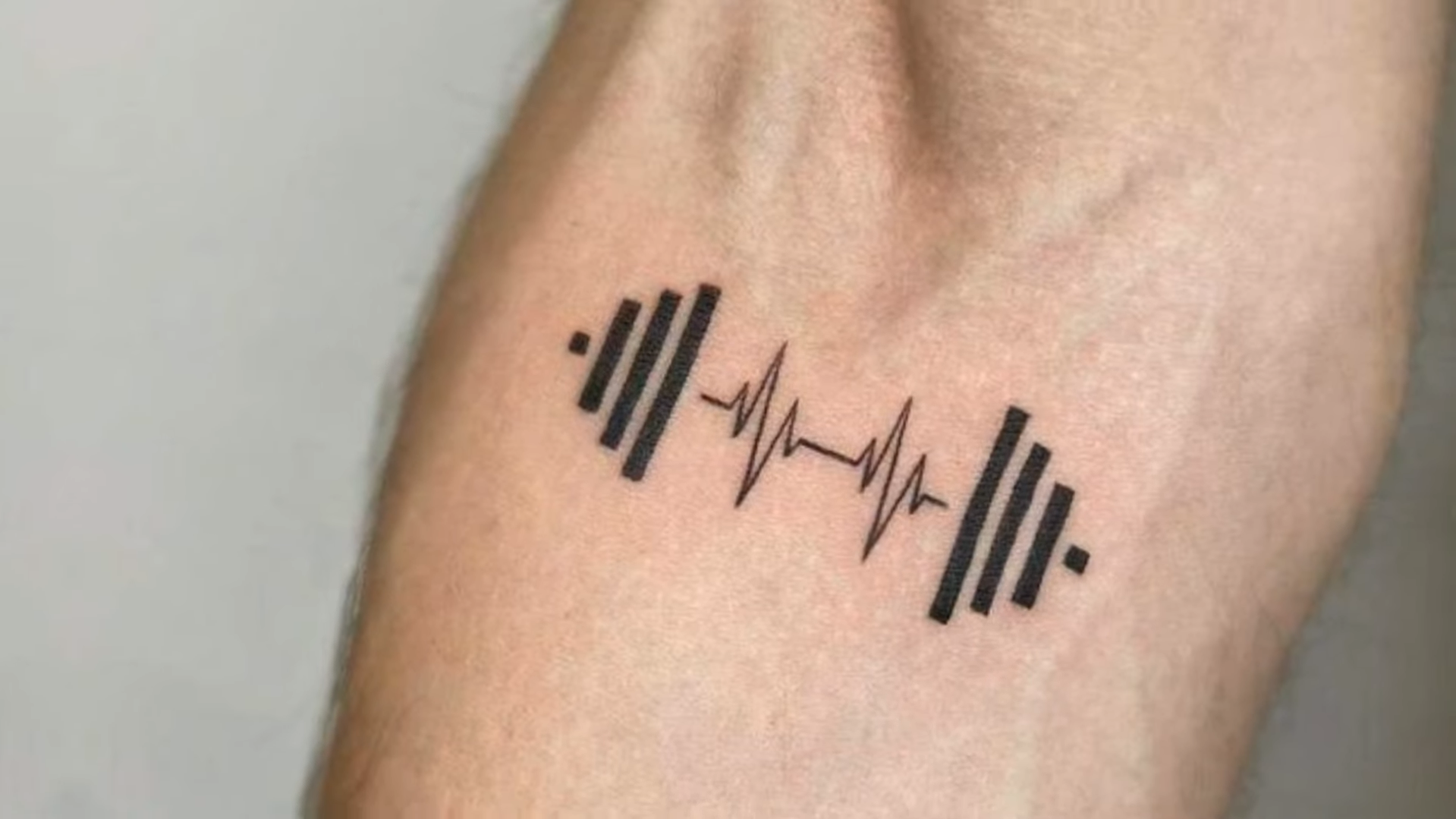
Pain
Pain is an indelible part of the tattooing process, and it can impact the duration of a tattoo session. The amount of pain one experiences during tattooing depends on multiple factors including personal pain tolerance, the location of the tattoo, the style of the tattoo, and the skill level of the artist.
As mentioned in the previous section, certain body parts are more sensitive than others. Areas where the skin is thin or lies directly over bones – such as the ribs, spine, hands, and feet – often cause more pain than fleshier areas like the arms or legs. [3] Consequently, tattoos in these sensitive areas may take longer due to the need for additional breaks to manage the pain.
The tattoo style can also affect the level of pain experienced. Styles that involve a lot of shading or layering, like realism or watercolor, may cause more discomfort and thus prolong the tattooing process compared to simpler styles like traditional or tribal tattoos.
A skilled tattoo artist can significantly reduce the amount of pain experienced during the process. Experienced artists are proficient at managing the needle depth and speed, minimizing skin trauma, and reducing discomfort. Thus, choosing a seasoned, professional artist could lead to a quicker and less painful tattooing process.

Aftercare
Proper aftercare is crucial in maintaining the quality of your new tattoo and preventing potential complications such as infections or loss of color.
- Immediate Aftercare. Immediately after your tattoo session, your artist will typically cover the tattoo with a sterile bandage or plastic wrap to protect it from bacteria and other contaminants. It’s generally advised to leave this covering on for 1 to 3 hours. Once the covering is removed, gently clean the tattoo with warm water and a mild, unscented soap. Pat the area dry, do not rub, and then apply a thin layer of tattoo-specific or unscented moisturizer.
- Daily Care. You should clean your tattoo and apply moisturizer 2 to 3 times a day for the first two weeks. Avoid soaking the tattoo in water, which means quick showers instead of baths, and absolutely no swimming. The tattooed skin will likely start to scab or flake, which is a normal part of the healing process. Resist the urge to scratch or pick at your tattoo, as this can lead to scarring or loss of color.
- Sun Exposure. Avoid exposing your fresh tattoo to direct sunlight as it can cause the colors to fade quickly. Even after it heals, you should always apply a high-SPF sunscreen on your tattoo when going outdoors to ensure the longevity of the color.
- Long-Term Care. Even after your tattoo heals, it’s important to keep the skin moisturized and protected from the sun to maintain the vibrancy of your tattoo. Remember, a tattoo is not just a piece of art, it’s a part of your skin. Caring for it properly will ensure that it looks great for years to come.
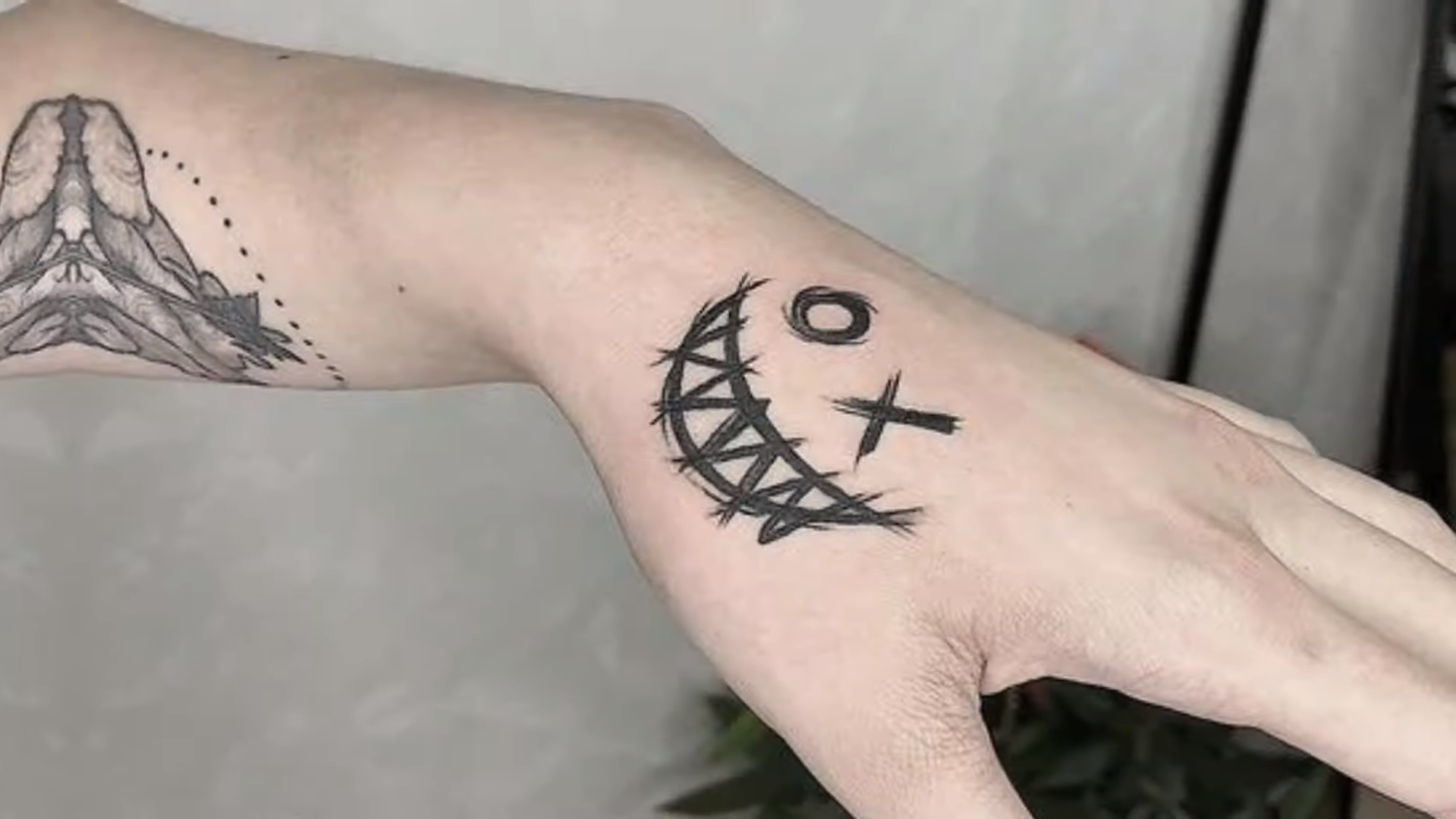
Color vs black ink
When deciding on a tattoo, one pivotal choice is whether to opt for color or stick with black ink. This decision can significantly influence the final look, longevity, and even the cost of your tattoo.
Color tattoos often stand out more than black ink designs due to their vibrant hues. They offer a broad spectrum of possibilities, allowing you to incorporate a wide range of shades and gradients for a more dynamic and visually engaging piece. This makes color tattoos ideal for designs that require a high degree of realism or the portrayal of specific objects, as the colors can help to make these designs more identifiable and lifelike.
Black ink, conversely, offers a timeless, classic look. The stark contrast between black ink and skin can emphasize the design’s lines and shading, resulting in a more striking and bold appearance. This is particularly beneficial for styles with intricate designs, such as tribal or geometric tattoos, where the emphasis is more on the pattern and form than on color.
Over time, all tattoos will fade to some extent due to skin regeneration, sun exposure, and other environmental factors. However, black ink tends to hold up better over time, maintaining its intensity and sharpness longer than color ink. It penetrates the skin more deeply, providing a more robust resistance to fading.
Generally, black ink tattoos heal faster and with fewer complications than color tattoos. They require less ink saturation and therefore are less traumatic to the skin. The healing process for color tattoos can be slightly prolonged due to the higher ink saturation needed to achieve vibrant hues.
Color tattoos are usually more expensive than black ink tattoos. They require more time, skill, and ink, which increases the cost. A color tattoo might also necessitate more frequent touch-ups over its lifespan, which could add to the overall expense.
How Long Will My Small Tattoo Take to Complete?
The duration required to complete a small tattoo can vary greatly depending on several factors.
- Complexity of Design: While the size of the tattoo is a significant factor, the complexity of the design can significantly impact the time taken. A small but intricate design with a lot of detail or color complexities could take several hours, while a simple symbol or lettering might be completed in under an hour.
- Artist’s Experience: The experience and speed of the tattoo artist will also play a role. Seasoned artists might complete a design more quickly than beginners, due to their expertise and familiarity with the equipment and process.
- Client’s Pain Tolerance: Your pain tolerance can also affect the duration. If you can sit still and handle the discomfort well, the process can go more smoothly and quickly. However, if frequent breaks are needed due to pain or discomfort, this can extend the session.
- Healing and Touch-ups: Finally, the healing process is part of the overall timeline for completing a tattoo. A small tattoo will typically heal within a couple of weeks, but you may need to schedule a follow-up appointment for touch-ups, which should be factored into the overall time from start to finish.
In general, a small, simple tattoo could take anywhere from 30 minutes to a couple of hours. However, it’s always best to discuss this with your artist beforehand to get a more accurate estimate based on your specific design and situation.
Frequently Asked Questions
How big is a 1 hour tattoo?
The size of a 1-hour tattoo can vary greatly due to several factors. Generally, simpler designs can cover more areas in less time, while more complex or detailed artwork might cover a smaller area in the same timeframe. The expertise and style of the tattoo artist also play a significant role. As a rough estimate, a 1-hour session by a seasoned artist might yield a tattoo around the size of a large coin or a credit card. However, these estimations can fluctuate greatly depending on the individual circumstances and artist’s approach. Always consult with your tattoo artist to get a more accurate understanding based on your specific design.
How long do tattoos take by size?
The time it takes to create a tattoo based on size can vary widely due to various factors such as the complexity of the design, the artist’s experience, and the individual’s pain tolerance. However, as a general guideline, a small, simple tattoo (about the size of a coin) may take an hour or less. Medium-sized tattoos (around the size of a palm) often require several hours or multiple sessions, and large, intricate designs (covering a substantial portion of the body) may take multiple long sessions spread over weeks or even months. Always consult with your tattoo artist for a more accurate time estimate based on your specific design and circumstances.
How long does a small 2 inch tattoo take?
A small 2-inch tattoo typically takes about an hour to complete, depending on several factors. These factors include the complexity of the design, the skill and speed of the tattoo artist, the client’s pain tolerance, and the number of colors used. Simple designs in black ink might be finished faster, while complex designs or those with multiple colors could take longer. It’s also crucial to remember that the healing process and possible touch-ups are part of the overall time investment for getting a tattoo. Always discuss this with your tattoo artist to get a better understanding based on your specific design.
How long does a 1 inch tattoo take to heal?
A 1-inch tattoo typically takes about 1-2 weeks to heal on the surface, but full healing that reaches the deeper skin layers usually takes up to 4 months. Remember, healing times can vary depending on the individual’s overall health, how well they follow aftercare instructions, and the location of the tattoo on the body. Some areas might heal slower due to constant movement or friction. Factors such as diet, rest, and stress levels also play a role in the healing process. Always follow the aftercare instructions provided by your tattoo artist to ensure a smooth healing process.
Useful Video: How long do tattoos take?
Conclusion
Deciding to get a tattoo involves careful consideration of various factors such as design, color, size, and cost. It’s crucial to understand that the time taken to complete a tattoo can vary greatly based on the complexity of the design, the artist’s experience, and the client’s pain tolerance. The healing process is also an important aspect to consider, as it can significantly impact overall satisfaction with the tattoo. Ultimately, getting a tattoo is a personal decision, and the key to a great tattoo experience is clear communication with your artist about your expectations and concerns. Always remember to follow aftercare instructions diligently to ensure a smooth healing process and longevity of your tattoo. With careful planning and consideration, tattoos can be a wonderful means to express individuality and personal style.
References:
- https://www.savedtattoo.com/tattoo-sizes/
- https://secretartstattoo.com/blog/the-classical-american-traditional-tattoo-style-guide/
- https://www.healthline.com/health/body-modification/pain-tattoos-chart


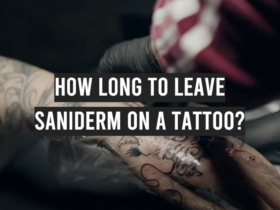
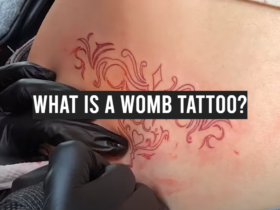
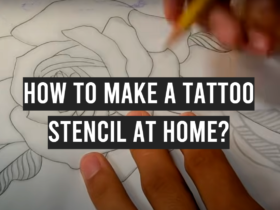
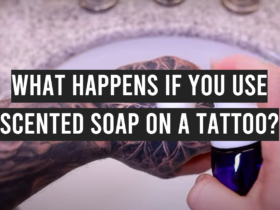
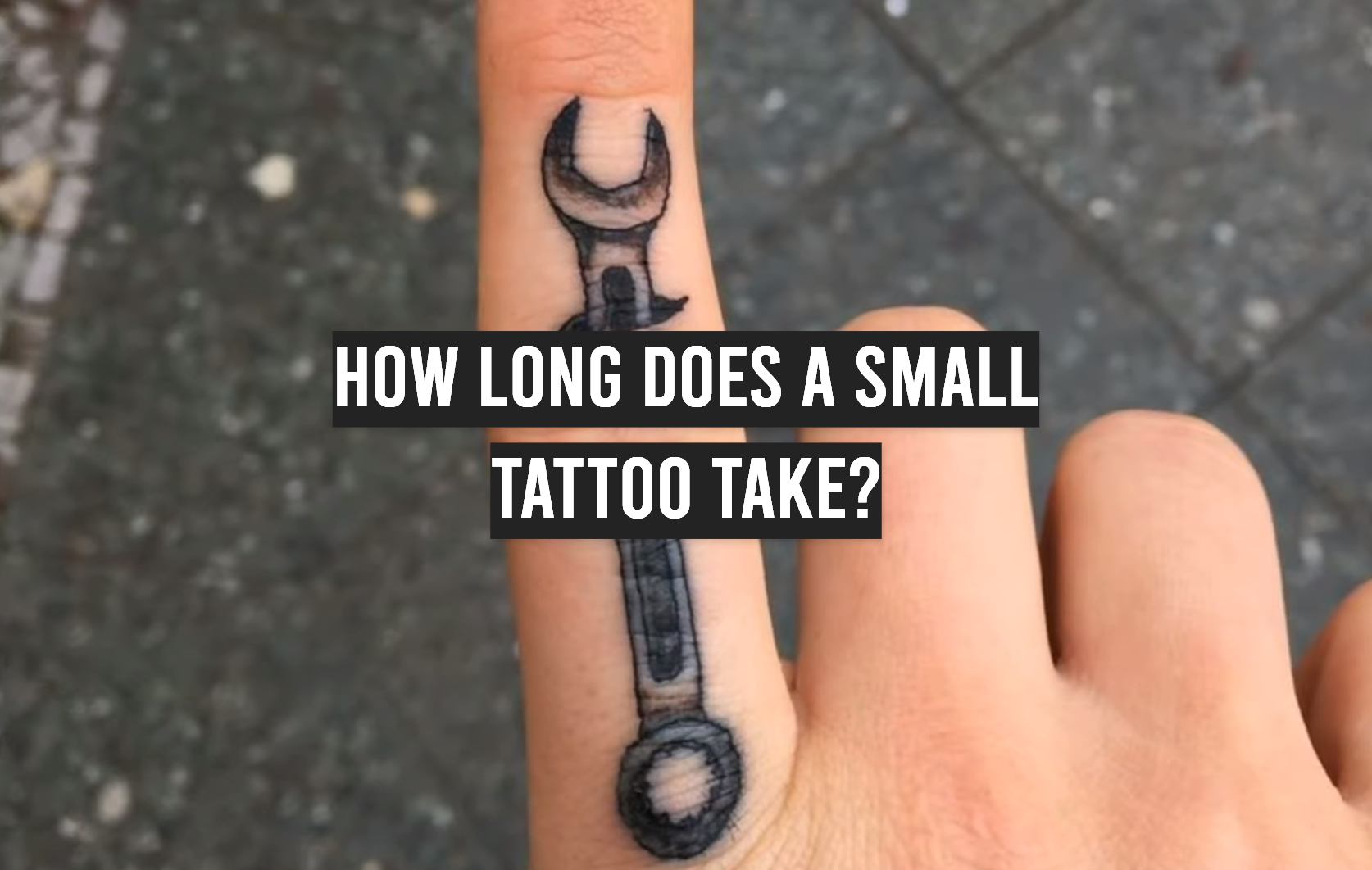


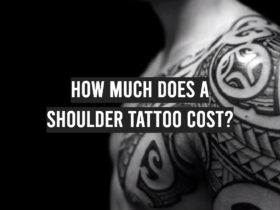

Leave a Review